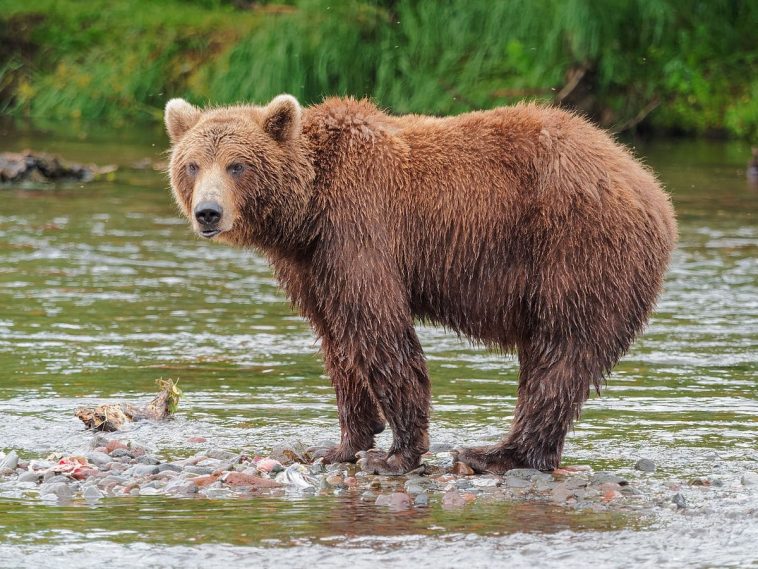Bears have always been part of the animal kingdom as symbols of strength, power, and authority. They also signify protection and commitment, just like a mother bear is known to defend her young one against all odds. Bears are powerful warriors, agile and known not only for their size and brawn but sharp brains as well. They have a strong sense of sight, smell, and hearing, and care deeply about their related bears. We will talk about bear species and subspecies in the rest of the paragraphs.
At present, only eight species of bears exist. A bear can live up to 25 years in its natural habitat and can run as fast as 40 mph. The Polar Bear is the largest species of the bear while the Sun Bear is the smallest in size. While Polar Bears are 100% carnivores, the Pandas are 99% bamboo eating animals. With such varying natures, the bears are spread across a wide variety of habitats across the Northern Hemisphere and parts of the Southern Hemisphere. Below we examine the various bear species and subspecies and their nature, characteristics and what makes them uniquely different. Let us list down some of the bear species and subspecies,
Bear Species and Subspecies
1. Eurasian Brown Bear
As the name suggests, this is the most common and widely occurring species of bear across the Eurasian sub-continent. These bears are solitary animals and can run and swim very well. They are large, hairy animals found in most of Asia and Europe. They are omnivores and hibernate in winters when the Eurasian climate becomes chilly and harsh. They live close to human settlements in mountainous regions. You can commonly find them in zoos and at carnivals.
Also read: Top 10 Animals that Hibernate
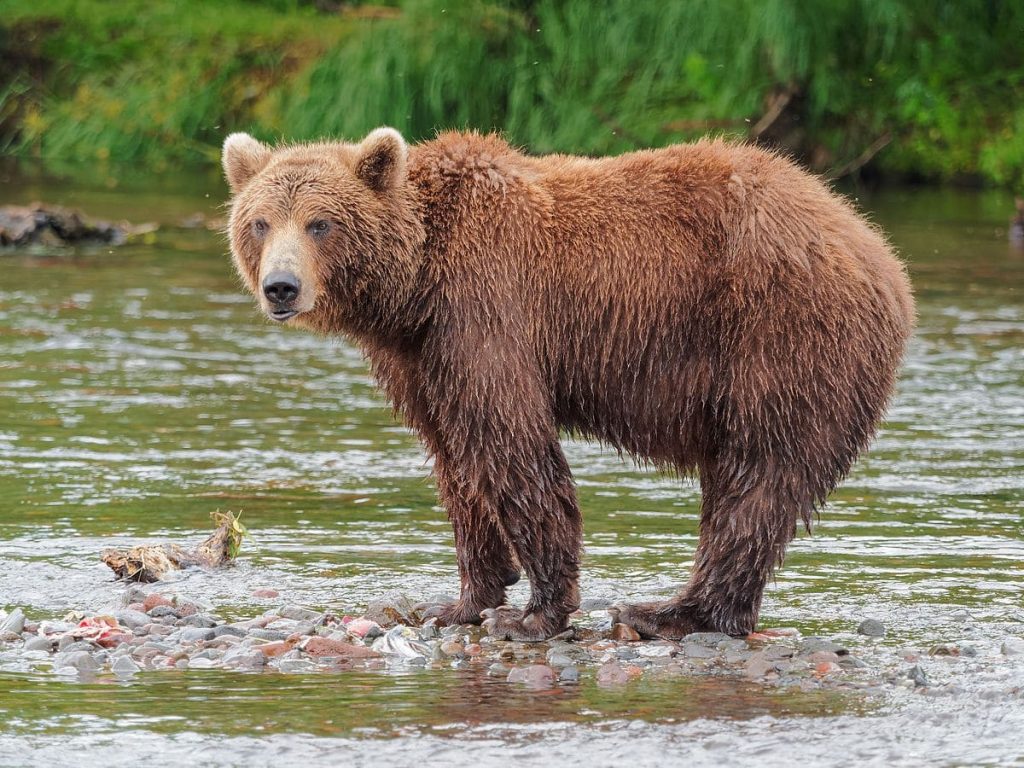
Image Source: Wikimedia
2. Grizzly Bear
Another sub-species of brown bear, the North American brown bears are traditionally called the Grizzly Bears. They inhabit the Northern Rocky Mountains of Alaska and Canada but have become lesser in numbers in the US. They are massive animals with humped shoulders that can scare like a nightmare. Adult grizzlies can be about 2.5 meters long and weigh about 410 kg. They can run very fast and can attack humans on the slightest provocation. During late summer and autumn, grizzlies accumulate large amounts of fat. This is their preparation for the winter hibernation when they retire to their dens. It is also listed as one of the apex predators in the world.
Also Read: Top 10 Cutest Animals in Canada
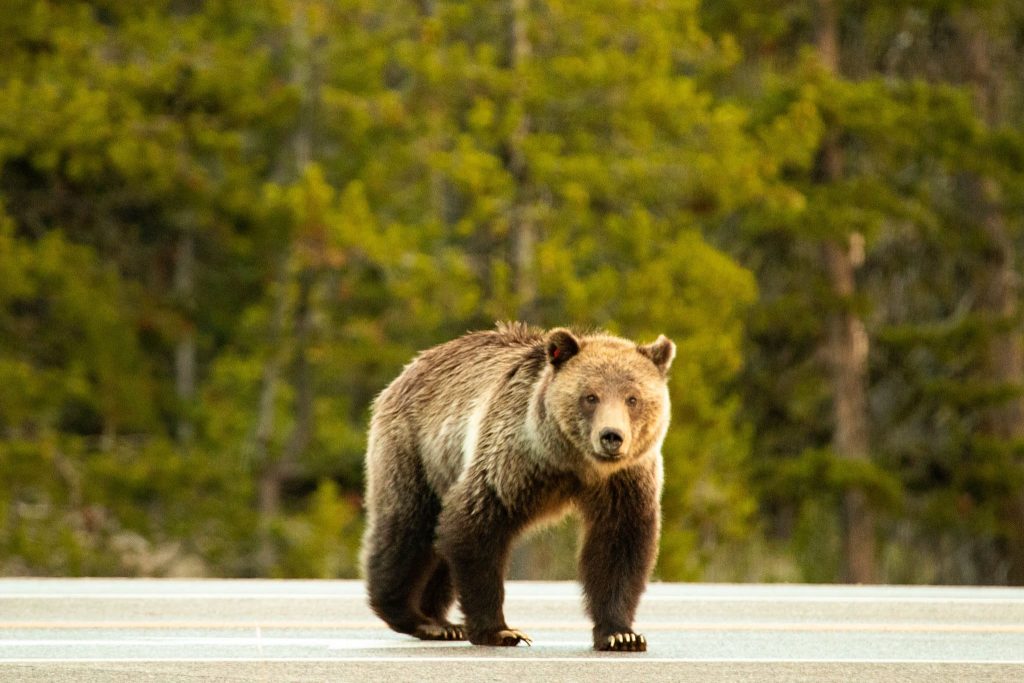
3. American Black Bear
North America’s most familiar and common bears, the Black bears, live in forests, mountains, and swamps. Florida Black Bear is the smallest of the 3 bear species found in North America. They are excellent tree climbers Black bears roam large territories and the bears that become habituated to human food at campsites or cabins can become dangerous and attack humans. They make their dens in caves, burrows for their winter hibernation when the females give birth to their cubs.
Also Read: Top 10 Fiercest Animals

Image Source: Wikimedia
4. Himalayan Black Bear
This species of Black bear, as the name indicates, is found in the Himalayan region of Asia. It is a subspecies of the Asian black bear found in India, Tibet, Nepal, China, and Pakistan. They are omnivorous creatures and are scattered across the Himalayas. An adult male Himalayan black bear can be as tall as 7 ft and have a white crescent mark on its black furry chest. They are mostly found in mountainous areas and jungles. During the summer, Himalayan black bears can be found relocated to the warmer areas.
Also Read: Top 10 Favorite Furry Animals In The World
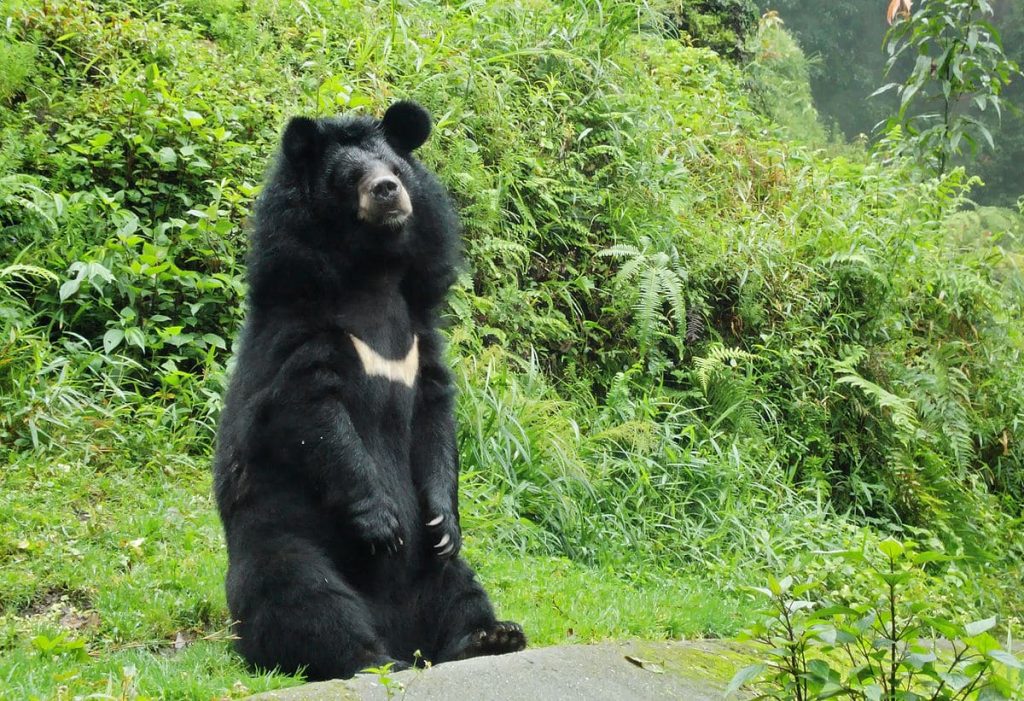
Image Source: Wikimedia
5. Sun Bear
The Sun Bear is a bear species native to the tropical forest habitats of Southeast Asia. They are also known as Malayan Sun Bears. They have a bib-shaped golden patch on their chest, which is compared to the rising sun. The sun bear is the smallest of the living bear species. The global population of Sun Bears has now declined by more than 30%, and they have been listed as Vulnerable on the IUCN Red List. They are fierce animals and can attack humans with serious wounds.
Also Read: 12 Best Land Animals In The World
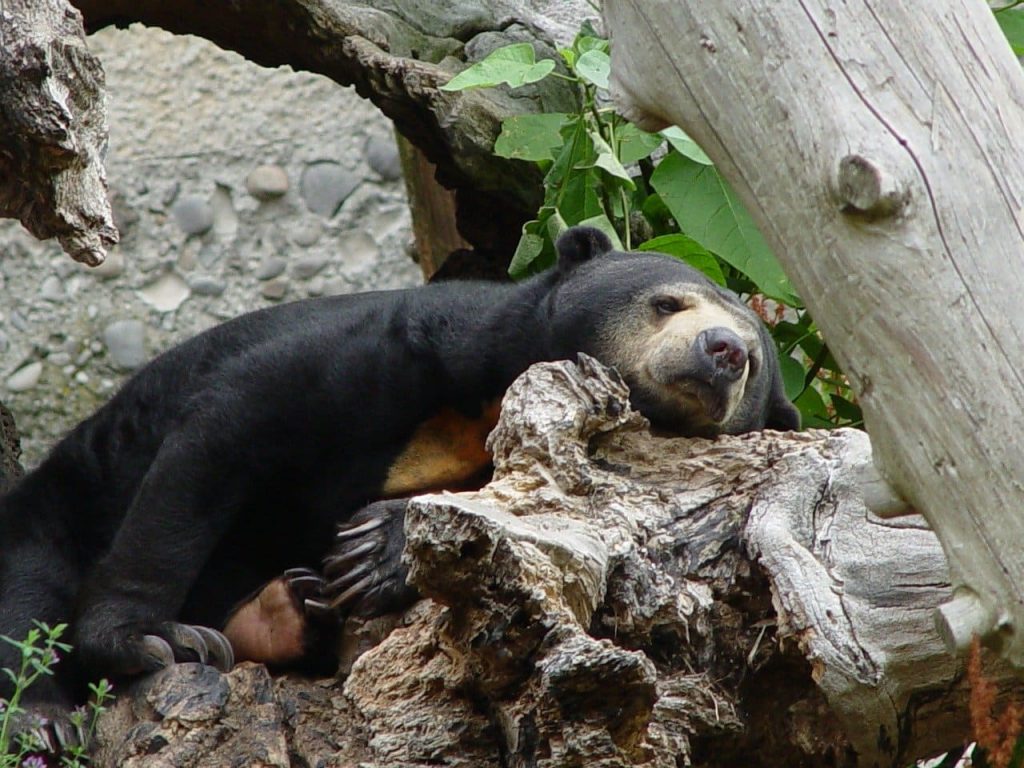
6. Polar Bear
The Polar Bear is native to the Arctic Circle and is exclusively carnivores. They mainly eat ringed seals, walruses and whale carcasses. Polar bears hunt seals that come to the surface of sea ice. They are very robust and have an immense bite force of 1200 pounds per square inch! Polar bears are so strong that they have been known to kill many animals with the swipe of a single paw. They have white coats that camouflage them in the snow. Under their fur, polar bears have black skin to absorb the sun’s warming rays.
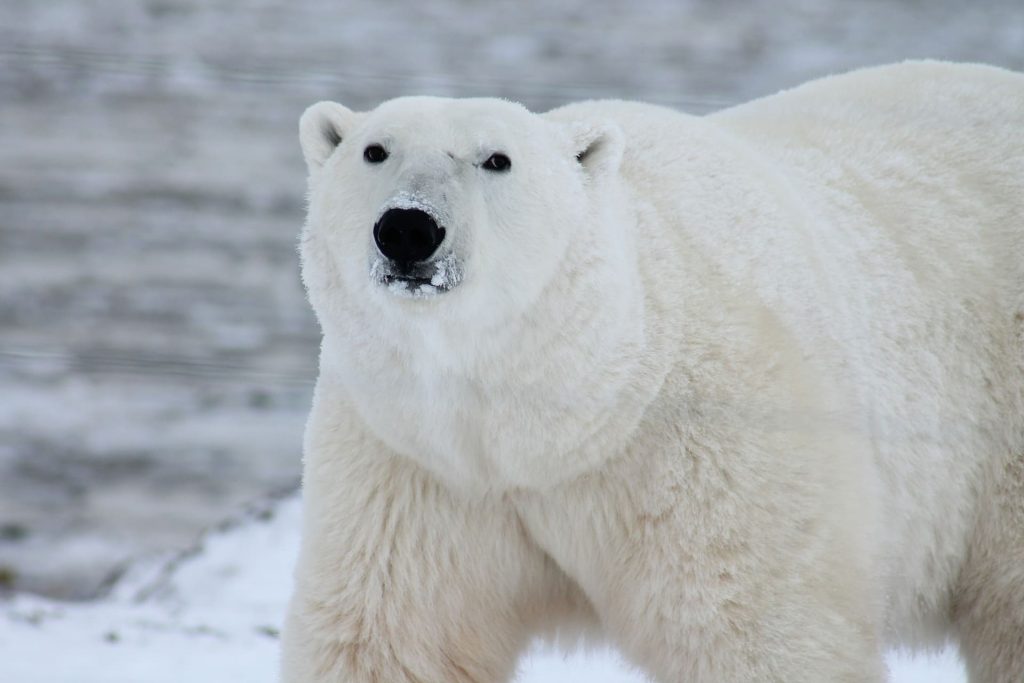
7. Giant Panda
One of the Calmest animals in the world, The Giant Panda is the rarest member of the bear family. They are now among the world’s most threatened animals. They have a distinct black and white coat, with large black patches around the eyes. They are considered a national treasure in China. This bear has been the log for WWF since 1961. Pandas are chiefly found in the high mountainous temperate forests in southwest China. They spend most of their time feeding entirely on bamboo leaves. China currently owns almost all the giant pandas existing on the earth.
Also Read: Top 10 Facts about Giant Pandas
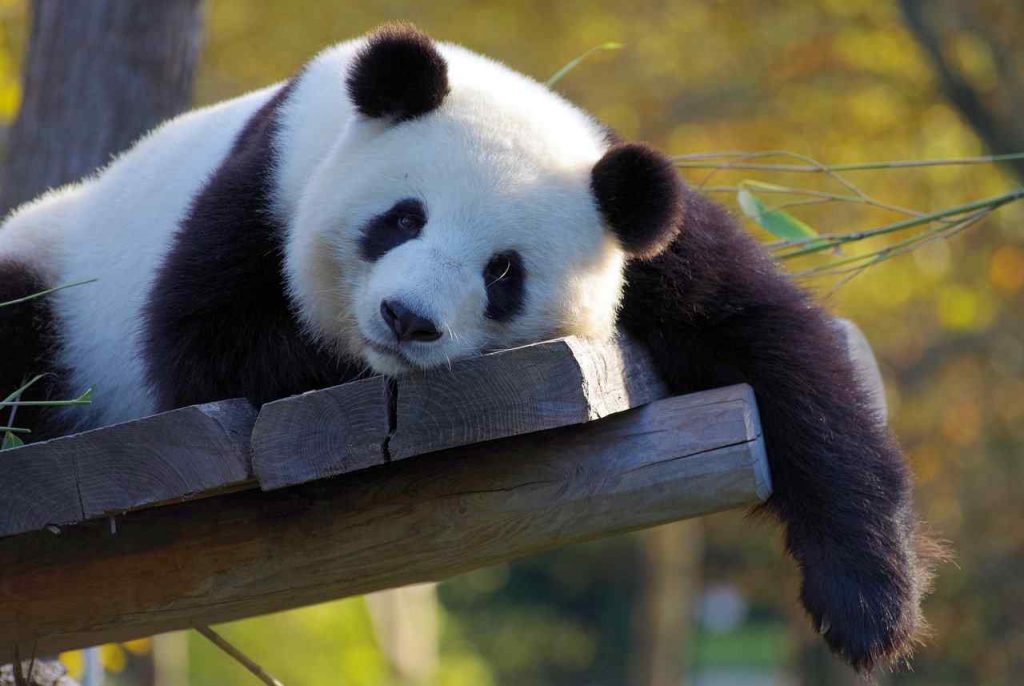
8. Sloth Bear
The Sloth Bear is a bear species native to the Indian subcontinent. This bear is in no way related to sloths, and neither is it slow-moving. They are agile bears that can run faster than a human. This name was given by a European zoologist, George Shaw for its long, thick claws and sharp teeth. It feeds on fruits, ants, and termites. The habitat loss and degradation have resulted in its population decline and now it is listed as “Vulnerable” on the IUCN Red List. Sloth bears are very dangerous for humans and often attack the head during encounters.
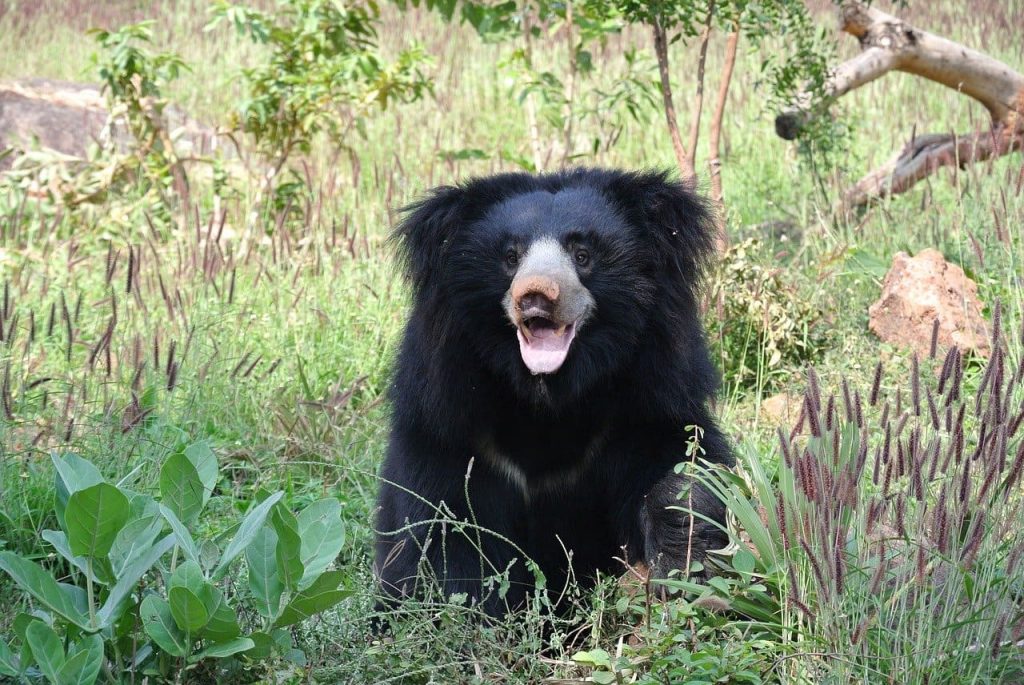
9. Spectacled Bear
The spectacled bear is the only bear species native to South America. It is the largest land carnivore in northern and western South America. They have a light coloring on their otherwise black furry chest, neck and face, which may resemble eyeglasses in some bears, which gives them this name. These animals are shy and peaceful and avoid contact with humans. They love bathing in mountain ponds and streams.
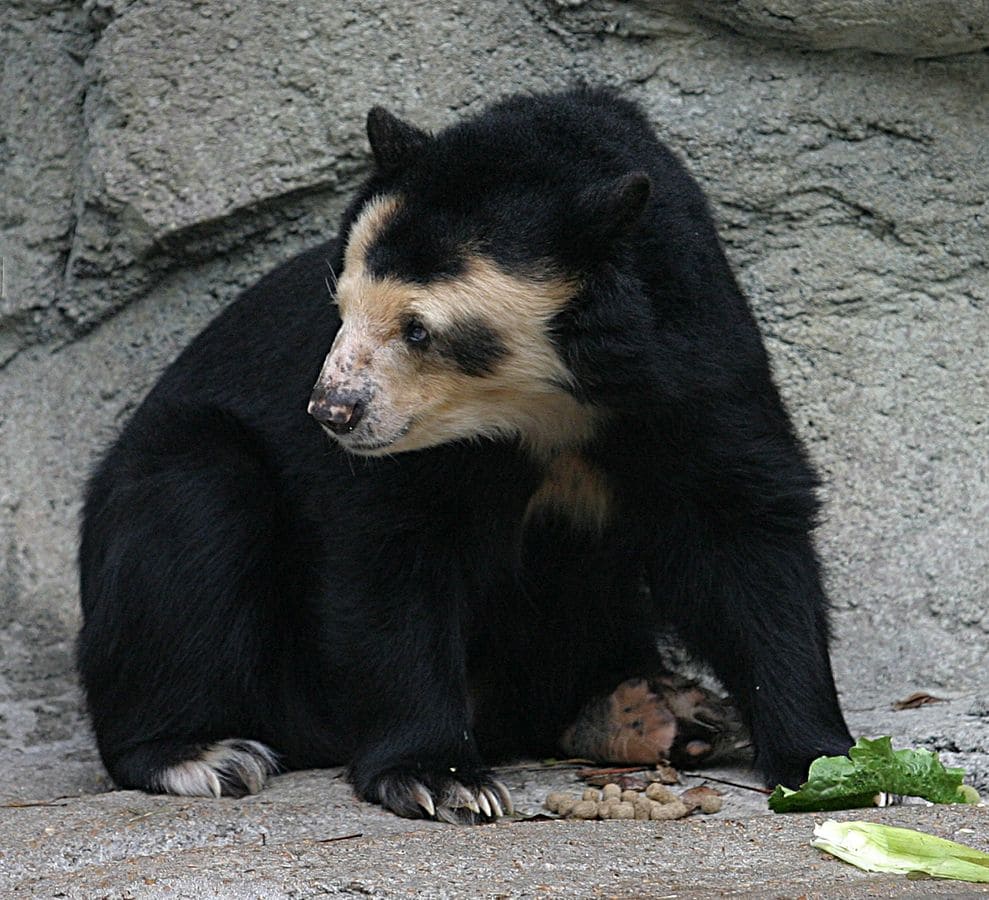
Image Source: Wikimedia
10. Gobi Bear
This is a subspecies of the Brown Bear. The Gobi bear is native to the Gobi Desert of Mongolia. These bears are relatively small bears with brown fur and have lighter patches on the neck or chest. They have been listed as “Critically Endangered” by the IUCN due to climate change in the Mongolian desert. As of 2019, only 22 Gobi Bears are left in the wild. The Gobi Bear Project has been run by the Government of Mongolia to protect and conserve the Gobi bears.
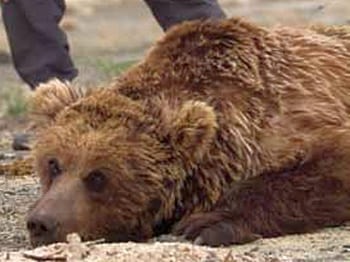
Image Source: Wikimedia
Bears are considered to be the most intelligent land animals by many wildlife biologists. They possess the largest brains relative to their size of any land mammal, and their intelligence compares with that of higher primates in the animal kingdom. Black and brown bears are present in large populations across the world and constitute one of the most powerful species of land animals in the wild.



